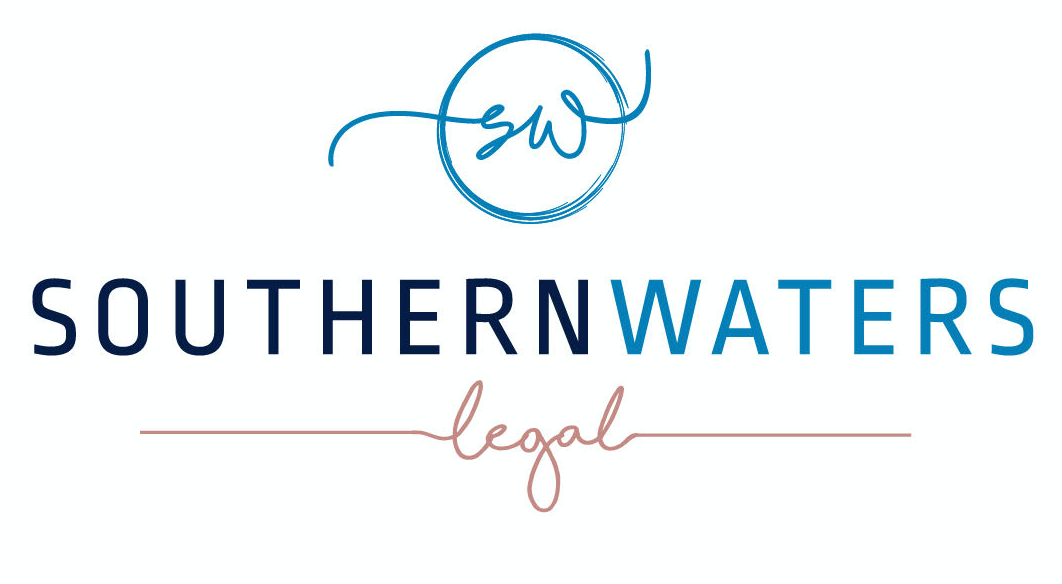Co-Ownership: Disputes & the Power of Section 66G of the Conveyancing Act
These are the common scenarios where co-ownership of property arises:
- Domestic or matrimonial relationship;
- Parental relationships;
- Sibling relationships; and
- Interpersonal relationships (i.e ownership between friends).
In most circumstances, people are caught up in the excitement of purchasing a new property and little thought is given to the intricacies of co-ownership and what might happen if the relationship deteriorates in the future.
What happens if one co-owner wants to sell the Property and the other does not agree?
Where an agreement does not exist and the parties cannot come to a commercial arrangement for the sale, one co-owner can apply to the Court under section 66G of the Conveyancing Act 1919 (NSW) (the “Act”).
What are the implications of a section 66G application?
In a nutshell, following an application, the Court may appoint a trustee to oversee the sale of the property where the owners cannot agree on the terms of sale. Unless the appointment would be inequitable, an order under section 66G of the Act is considered almost ‘as of right’. In other words, it is very hard to defend the application and the Court will likely force the sale of the Property.
What would be inequitable?
It is very difficult to establish inequitable grounds and there are only a handful of cases where the respondent has been successful in defending the section 66G application. Some of the grounds may include where a proprietary or contractual right exists. For example, where a co-ownership deed exists, and the parties have contracted out of the application of section 66G.
What happens when a property is sold under section 66G?
Once the property is sold, the sale proceeds are then placed into a trust whereby the monies from the sale are distributed amongst the co-owners of the property. This will ultimately be decided on the basis of the contributions made by the respective co-owners. Additionally, any encumbrance.
The legal costs of the co-owner who commences the section 66G application are generally deducted from the sale proceeds of the property.
What happens if one co-owner has made improvements or greater contributions to the property?
As a starting point, the Courts believe that a division of sale proceeds must have regard to any increase in its value that has been brought about by means of expenditure by one co-owner. This means that where the property has enhanced in value due to your expenditure on things such as renovations, the co-owner who made the contribution should be entitled to reimbursement for their expenditure.
It is important to note that the reimbursement will be valued at the lower of what you have expended on the property and the increase in value of the property.
Other contributions to the property might include:
- Mortgage repayments;
- Home Insurance payments;
- Council and Water Rates; and
- Rent (if a co-owner lives in the property at the exclusion of the other co-owner/s).
In circumstances where one co-owner has made greater contributions to the property, an equitable accounting process may be required to ensure that when the sale of the property is ordered pursuant to section 66G, that particular co-owner receives a greater share of the sale proceeds as reimbursement.
How can we assist?
Navigating any property dispute can be a very stressful process, particularly when the property is owned jointly between family or friends. It is important that co-owners seek legal advice to ensure they understand their rights in relation to the property.
We also assist co-owners in drafting co-ownership deeds from the outset to ensure that the parties understand their obligation in relation to the property, including any mechanism for the sale of the property. This would likely avoid any costly disputes in the future.
If you would like further information or specific advice in relation to co-ownership, please do not hesitate to contact our team on (02) 9523 5535.
Disclaimer: The information contained in this article is provided as general information only. It is not intended to be legal advice and it should not be used or relied on as legal or professional advice.



